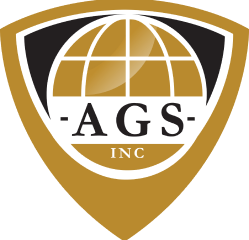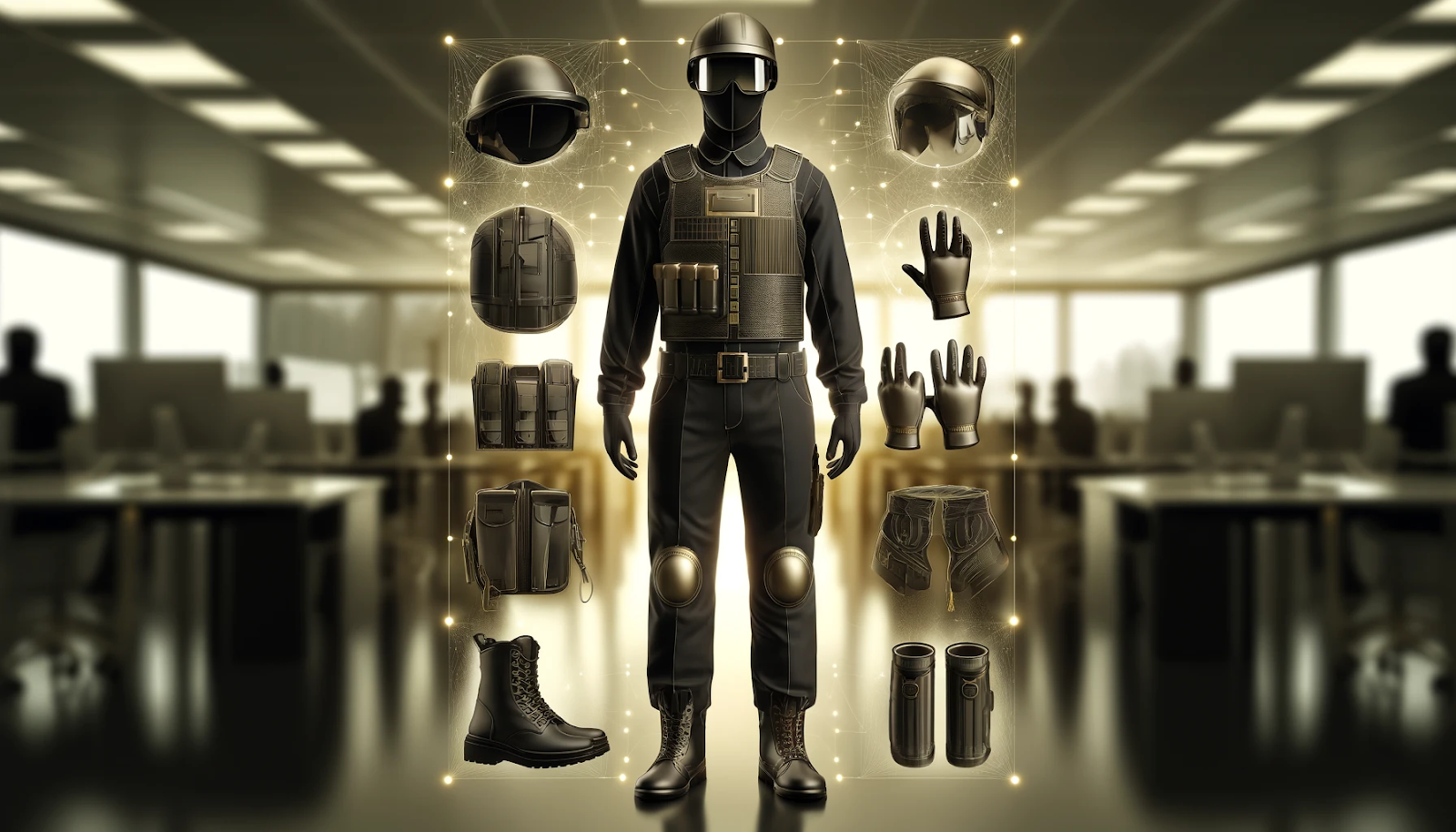Ensuring the safety and security of personnel and properties is crucial for security guards. One fundamental way to safeguard security personnel is through the proper selection and use of Personal Protective Equipment (PPE). This guide is intended for property managers, chief security officers, and security company hiring managers, aiming to provide comprehensive guidelines on effectively selecting and using PPE to protect against occupational hazards.
Understanding PPE for Security Guards
PPE refers to any equipment worn to minimize exposure to hazards that cause serious workplace injuries and illnesses. For security guards, PPE can range from basic items like gloves and helmets to more specialized equipment such as body armor and communication devices.
Types of PPE for Security Guards
- Head Protection:
- Helmets: Protect against head injuries from falls or impacts.
- Caps: Offer some level of protection and are useful for identification.
- Eye Protection:
- Safety Glasses: Shield eyes from dust, debris, and chemical splashes.
- Goggles: Provide more extensive coverage and protection.
- Body Protection:
- Body Armor: Includes bulletproof vests, which are crucial in high-risk environments.
- High-Visibility Clothing: Ensures guards are easily seen, reducing the risk of accidents.
- Hand Protection:
- Gloves: Protect hands from cuts, abrasions, and contact with hazardous substances.
- Foot Protection:
- Safety Boots: Protect against impacts, punctures, and slips.
- Respiratory Protection:
- Masks: Necessary in environments with harmful dust, fumes, or other airborne hazards.
- Hearing Protection:
- Earplugs/Earmuffs: Essential in noisy environments to prevent hearing loss.
Guidelines for Selecting PPE
- Risk Assessment:
- Conduct thorough risk assessments to identify potential hazards specific to each duty or location.
- Consider factors such as the type of threat (e.g., physical assault, environmental hazards) and the specific duties of the security personnel.
- Suitability:
- Ensure the PPE selected is suitable for the identified risks. For example, body armor should be a priority in areas with a high risk of physical confrontation.
- Comfort and Fit:
- PPE should be comfortable to wear for extended periods and fit properly to ensure maximum protection and compliance from the guards.
- Quality and Compliance:
- Verify that all PPE meets relevant safety standards and regulations to ensure maximum protection.
- Training:
- Provide comprehensive training for all security personnel on using and maintaining PPE correctly.
Maintenance and Storage
- Regular Inspections: PPE should be inspected regularly for signs of wear and tear or damage.
- Proper Storage: Store PPE in a clean, dry place to prevent damage and contamination.
- Replacement: Replace any damaged or worn-out PPE immediately to maintain safety standards.
Best Practices for Using PPE
- Always Wear PPE: Security guards should always wear their PPE while on duty, especially in high-risk areas.
- Follow Manufacturer Instructions: Ensure that all PPE is used according to the manufacturer's instructions to guarantee effectiveness.
- Report Issues: Encourage guards to report any issues with their PPE immediately, such as discomfort, damage, or fit problems.
FAQs
Q: How often should PPE be replaced? A: PPE should be replaced according to the manufacturer's guidelines or immediately if it shows signs of damage or significant wear.
Q: Who is responsible for providing PPE? A: Employers are responsible for providing suitable PPE free of charge to their employees and ensuring it is maintained and replaced as necessary (HSE Website) (HSE Website).
Q: Can security guards choose their own PPE? A: While employers typically provide PPE, security guards can provide input on the comfort and practicality of the equipment to ensure it meets their needs effectively (Safeopedia).
Q: What training is required for using PPE? A: Comprehensive training on PPE's correct use, maintenance, and limitations is essential for ensuring it is used effectively (Health and Safety Authority) (Shergroup).
Selecting and using the right PPE is crucial for the safety and efficiency of security guards. By conducting thorough risk assessments, choosing appropriate and compliant PPE, providing proper training, and ensuring regular maintenance, security managers can significantly reduce the risk of occupational hazards and ensure a safer working environment for their personnel.
.png)
.png)
.png)

.png)
.png)

.png)
.png)
.png)
.png)
